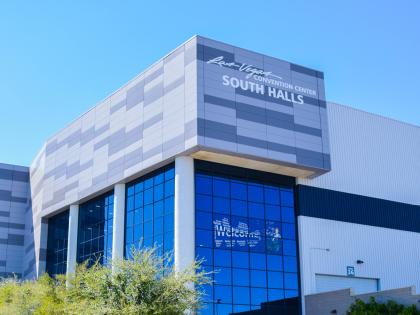Navigating Net Lease Retail
W. P. Carey expert predicts what’s next for the evolving retail market
Rising interest rates, increased cap rates, and sluggish deal activity created changes in the retail market over the past couple of years. Indeed, the bid-ask spread left many retail net lease deals stuck in negotiations.
“There was a time when buyers and sellers found themselves pretty far apart, trying to find a way to meet in the middle,” says Michael Fitzgerald, executive director and head of US retail at W. P. Carey. “During 2023, we saw volume slowdowns of traditionally marketed sale-leaseback deals, as some sectors experienced 50, 75, or even 80 basis point increases in cap rates.”
However, at the start of 2024, Fitzgerald notes that he’s seen a stable flow of developer-fueled deals and a higher demand for liquidity. As the market progresses into 2024 and beyond, understanding its direction can help investors make more strategic decisions.
Low vacancy rates, creating new opportunities
A recent report found that retail vacancy rates are at their lowest level in two decades, as rents continue to rise. The report compared 390 retail marketers across the United States and found that the national retail vacancy rate sat at just 4%.
According to Fitzgerald, low vacancy rates are a positive sign that provides confidence in long-term leases and the ability to quickly replace tenants.
“Let’s say a fitness operator signs a 20-year lease,” says Fitzgerald. “If retail vacancies are low, that’s a positive for us if we need to re-tenant, as we can likely replace them with a new tenant at or above the original price without compromising our income stream.”
He explains that W. P. Carey typically focuses on finding deals in markets with growing rents, such as Phoenix, versus smaller and less vibrant markets. “When you get into underwriting situations where vacancy rates are low, it often allows us to get more aggressive with the cap rate and other deal terms,” says Fitzgerald.
Looking into 2025 and beyond
Another factor that could contribute to an uptick in activity is merger and acquisition deals. An increase in M&A typically corresponds to an uptick in sale-leaseback activity, as firms leverage proceeds as part of the capital stack for new acquisitions.
Overall, Fitzgerald remains optimistic about the coming months. “I think the retail market will continue to be strong because there’s always compelling fundamental reasons why retailers want to sell their real estate rather than hold it,” says Fitzgerald.
He explains that it comes down to retailers not being real estate companies. Businesses can generate better returns for investors by investing in their core competencies, ie. running retail operations, and often find holding onto real estate is a drag on their cash and liquidity. As a result, he predicts continued demand from retailers for creative ways to access that liquidity – such as sale-leasebacks.

You May Also Like:
Retail Revitalization: Key Takeaways from ICSC Las Vegas
After a two-year hiatus, ICSC Las Vegas – one of the largest conventions for the retail industry – made its big comeback with over 22,000 attendees getting together to discuss the opportunities and...
Navigating a Rapidly Changing Retail Industry
Over 20,000 real estate investors, developers, property managers, retailers and brokers convened in Las Vegas last month for the annual ICSC convention. In the midst of a volatile market, attendees...